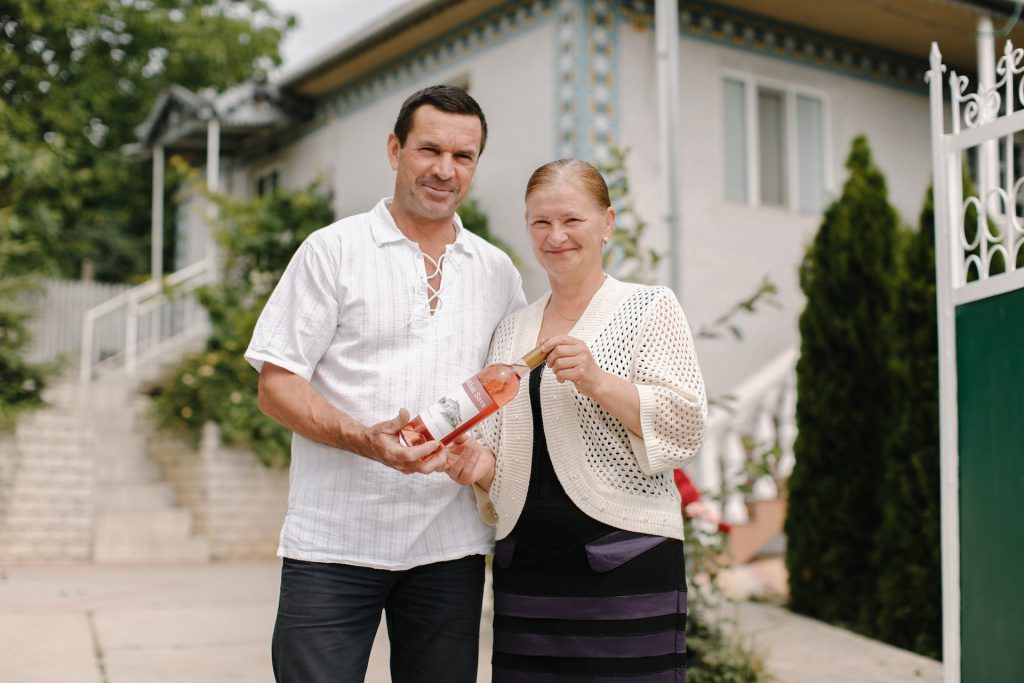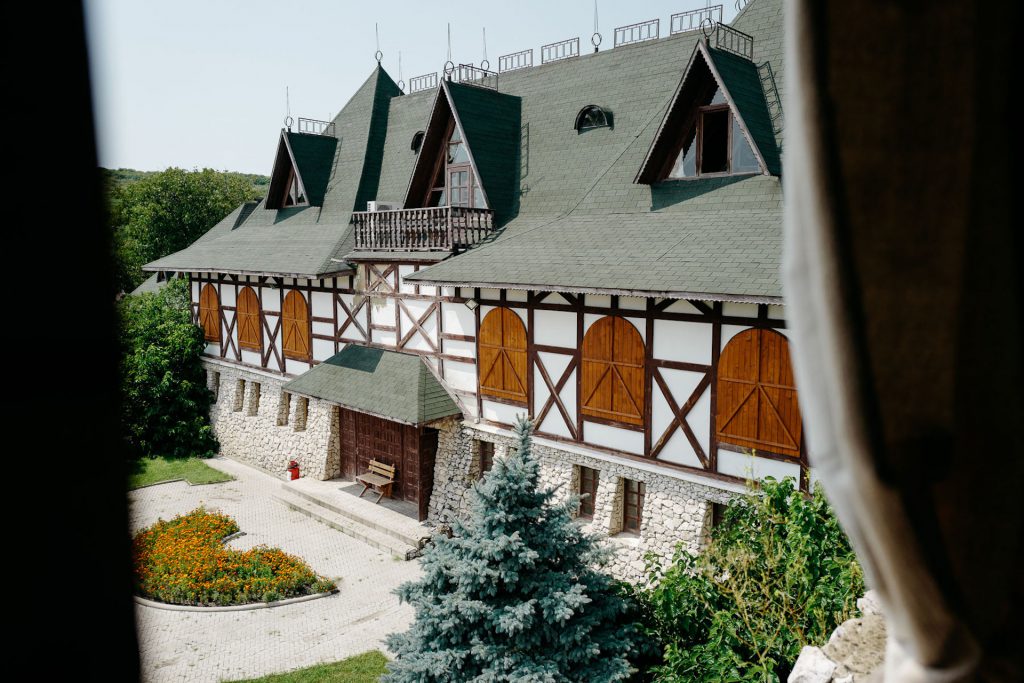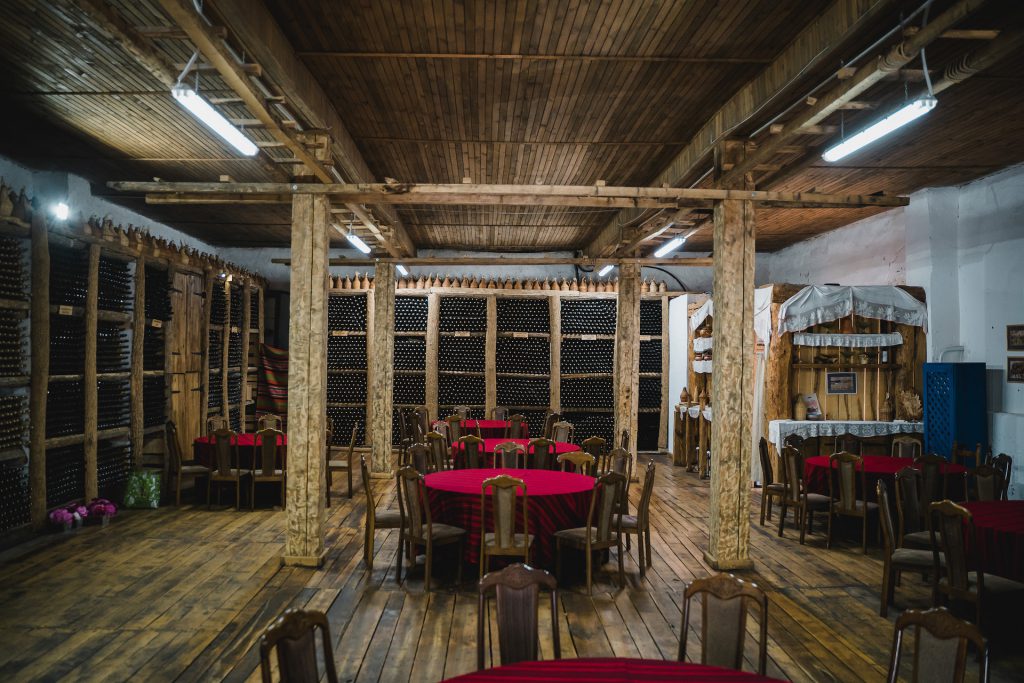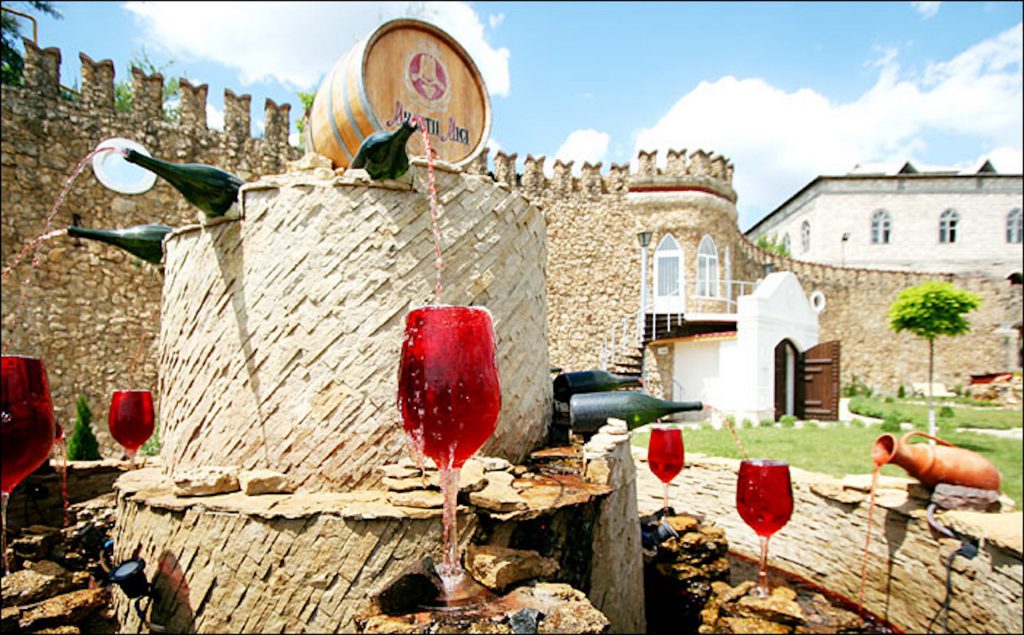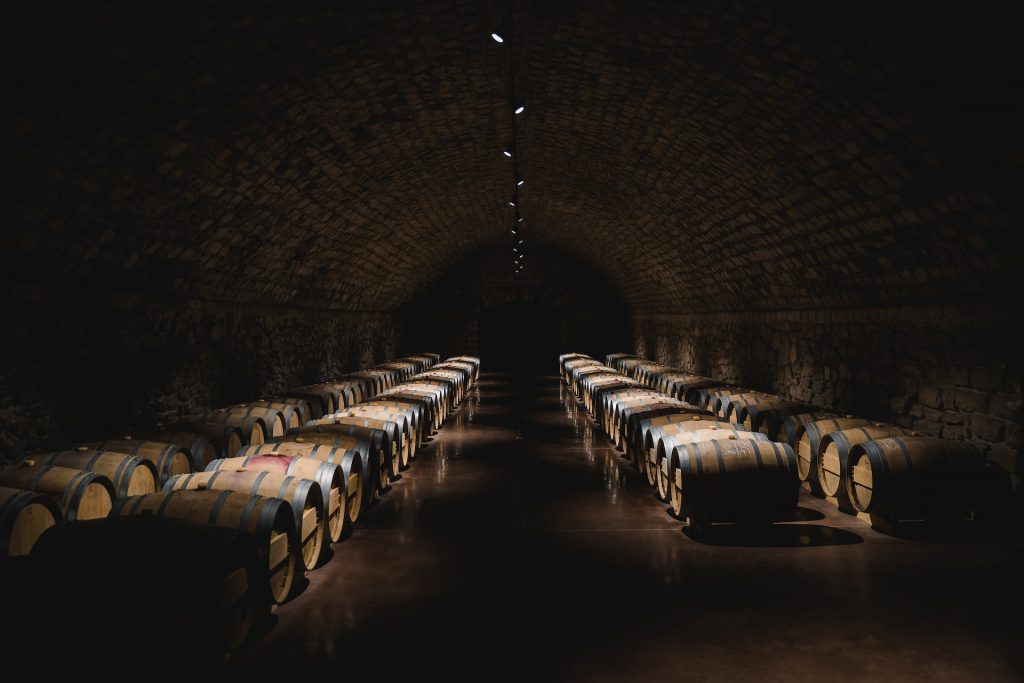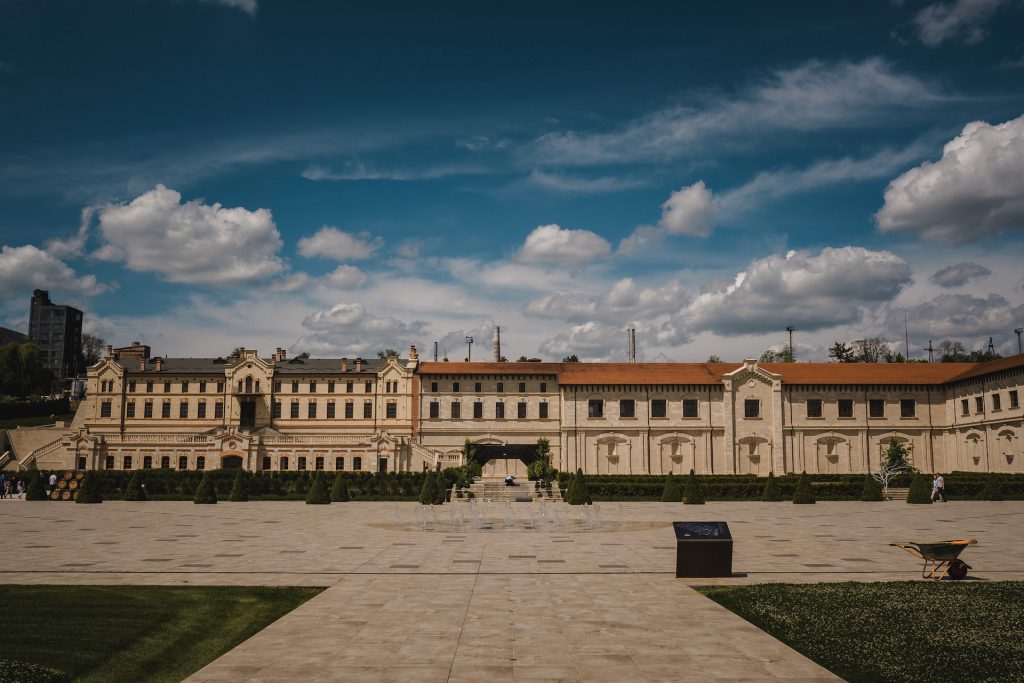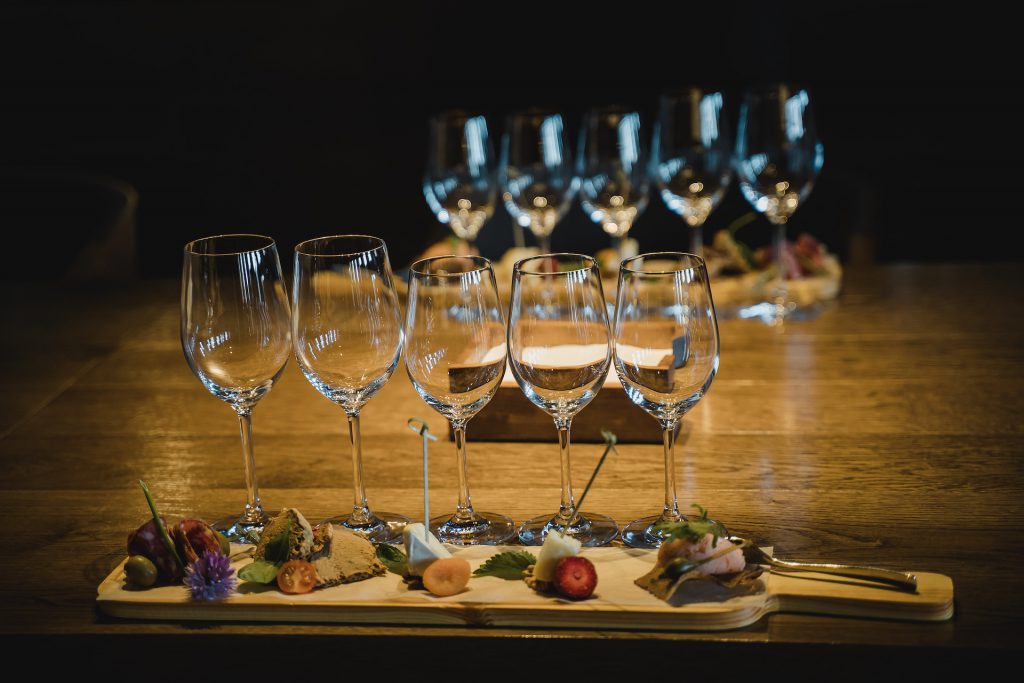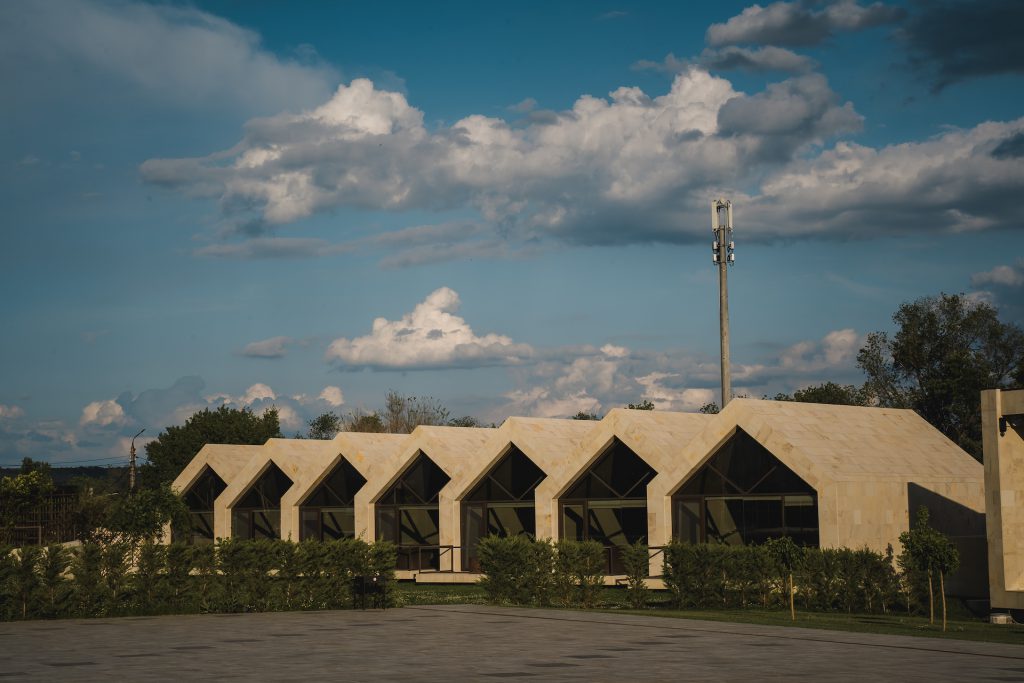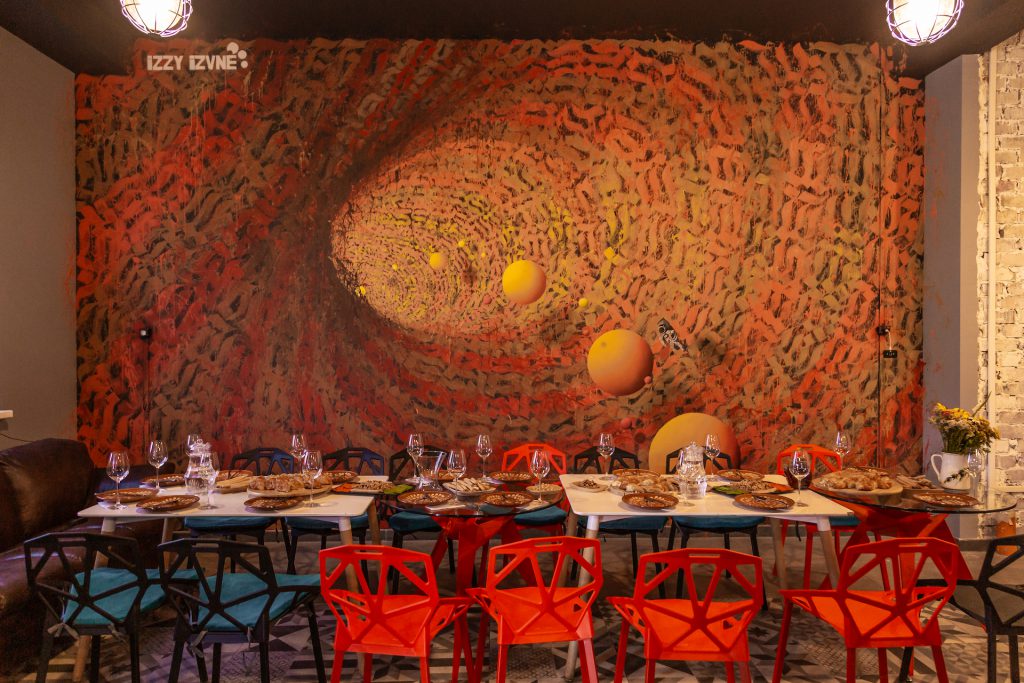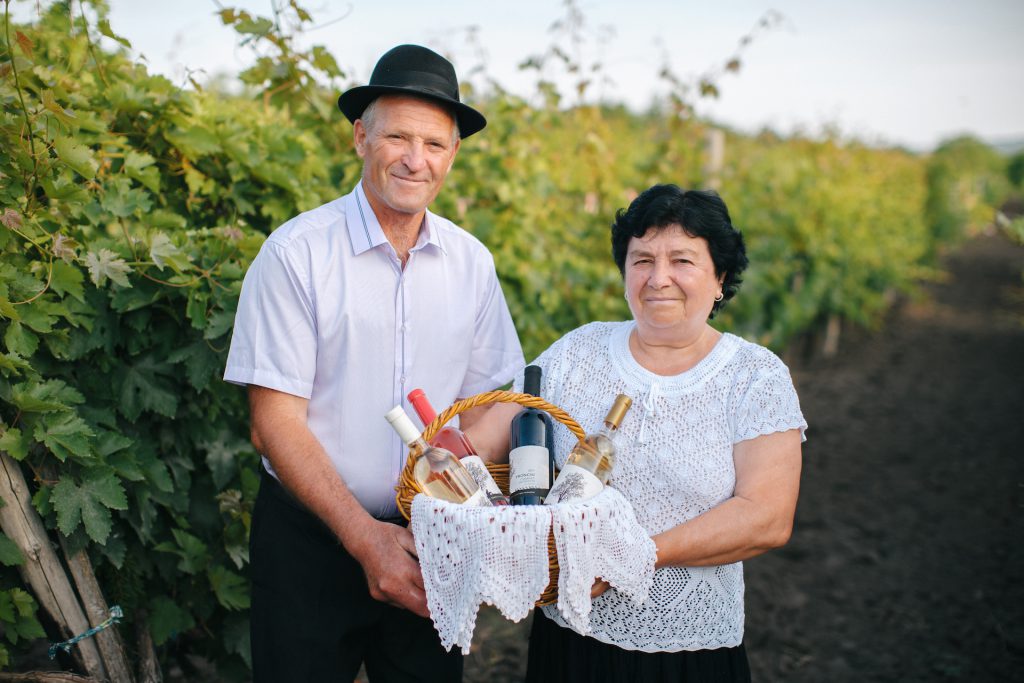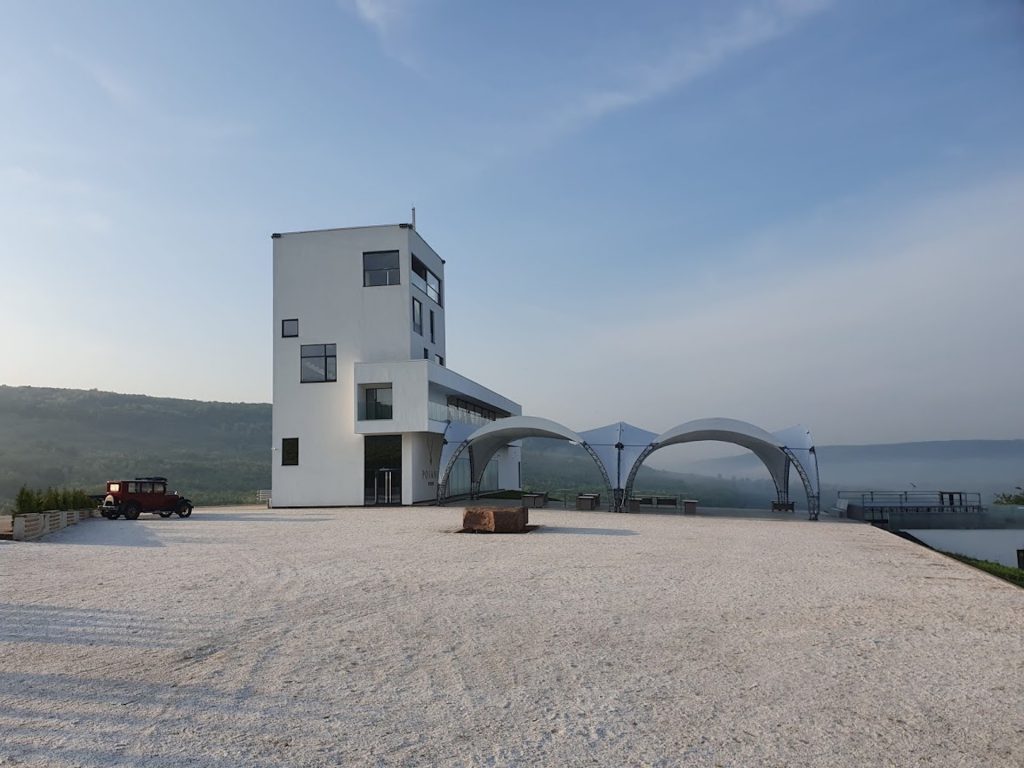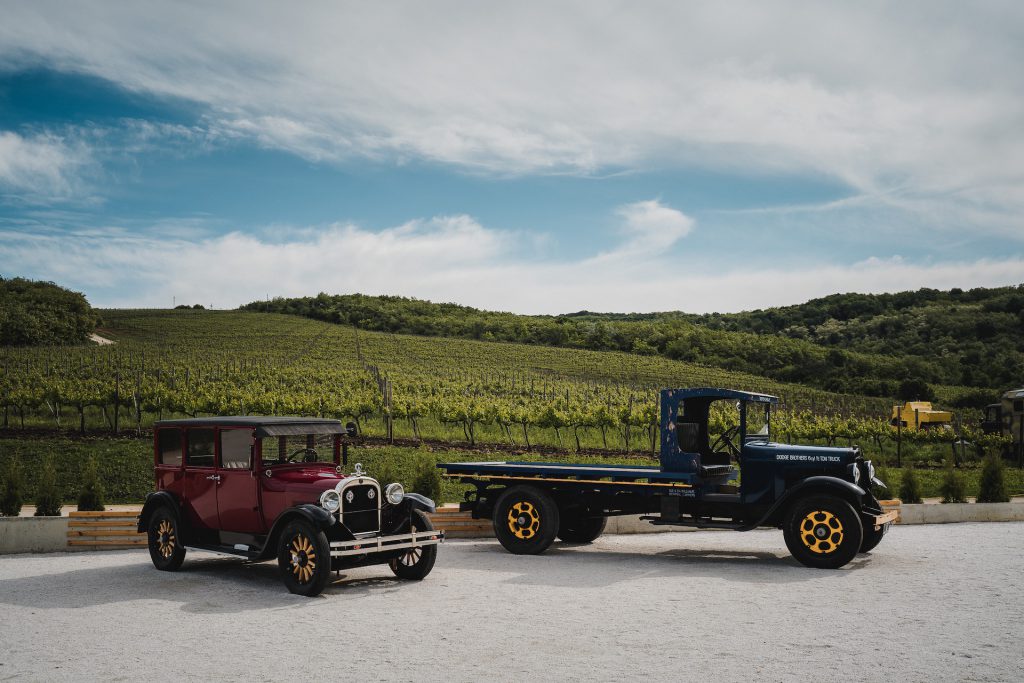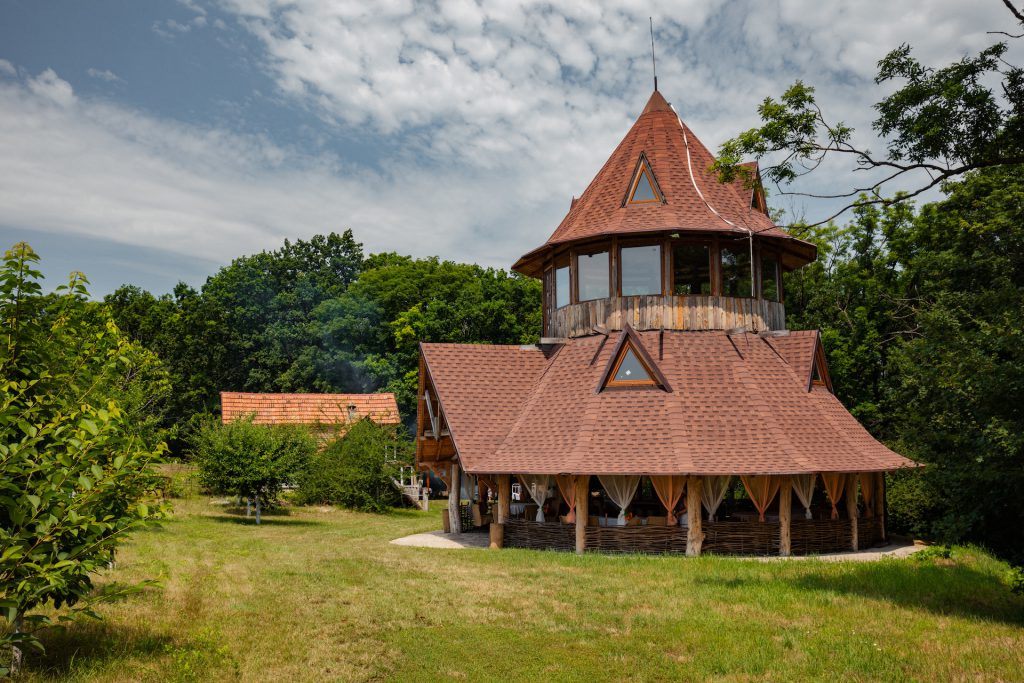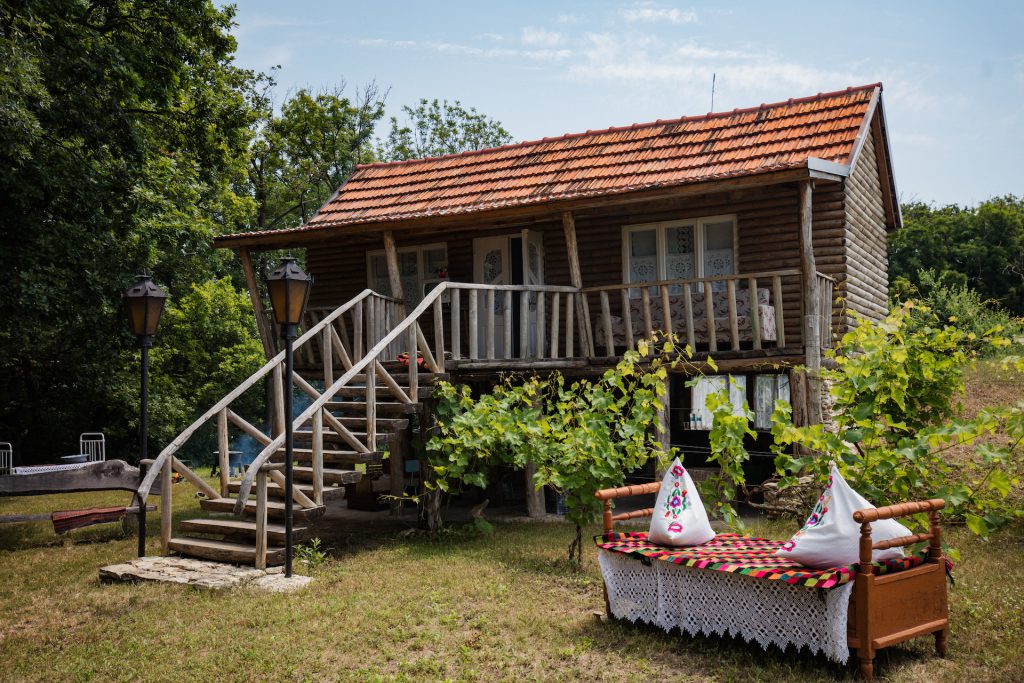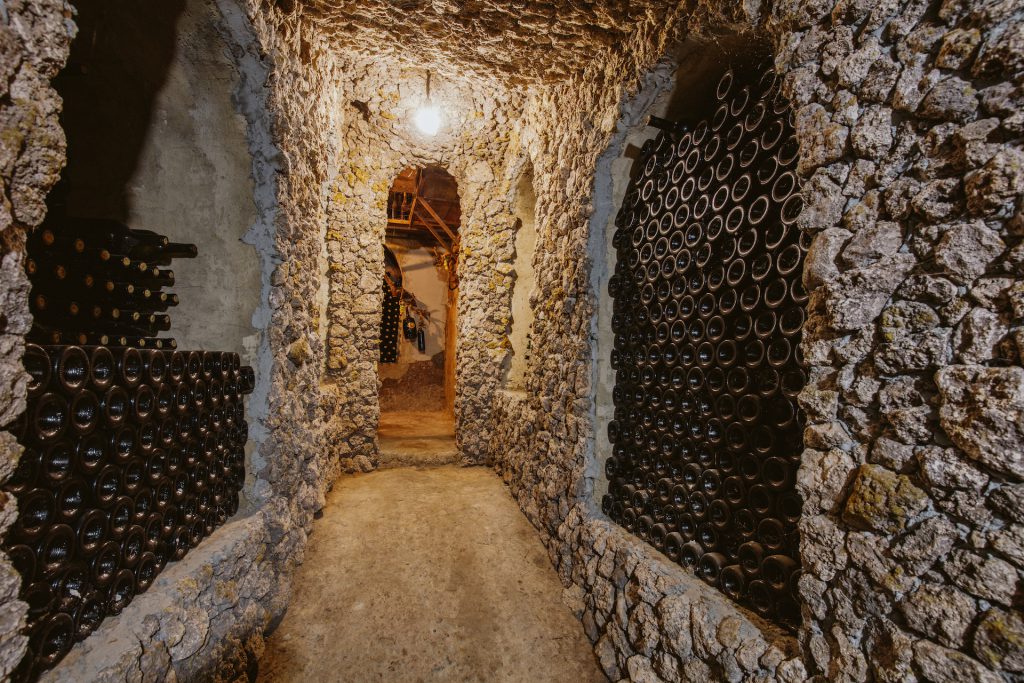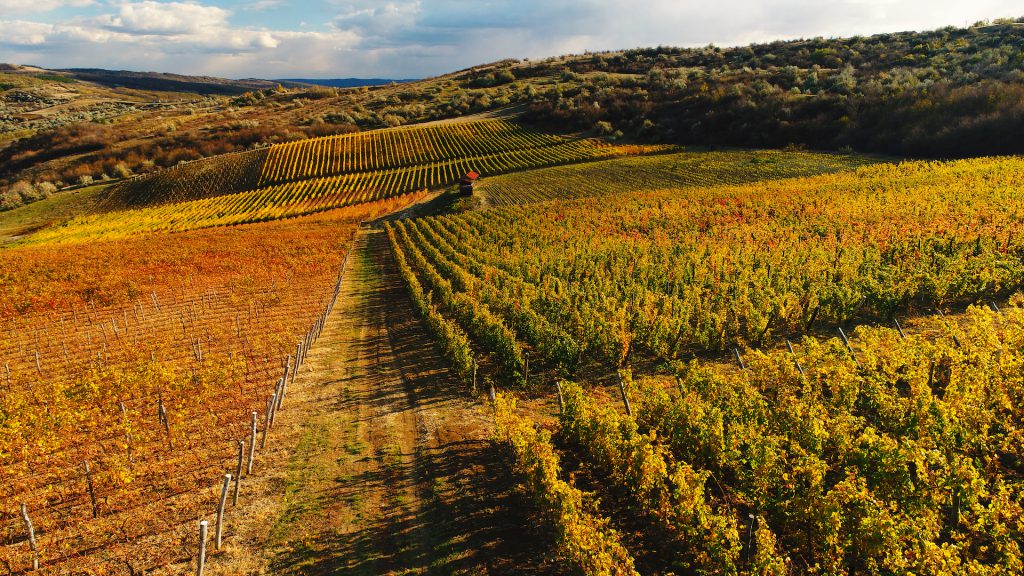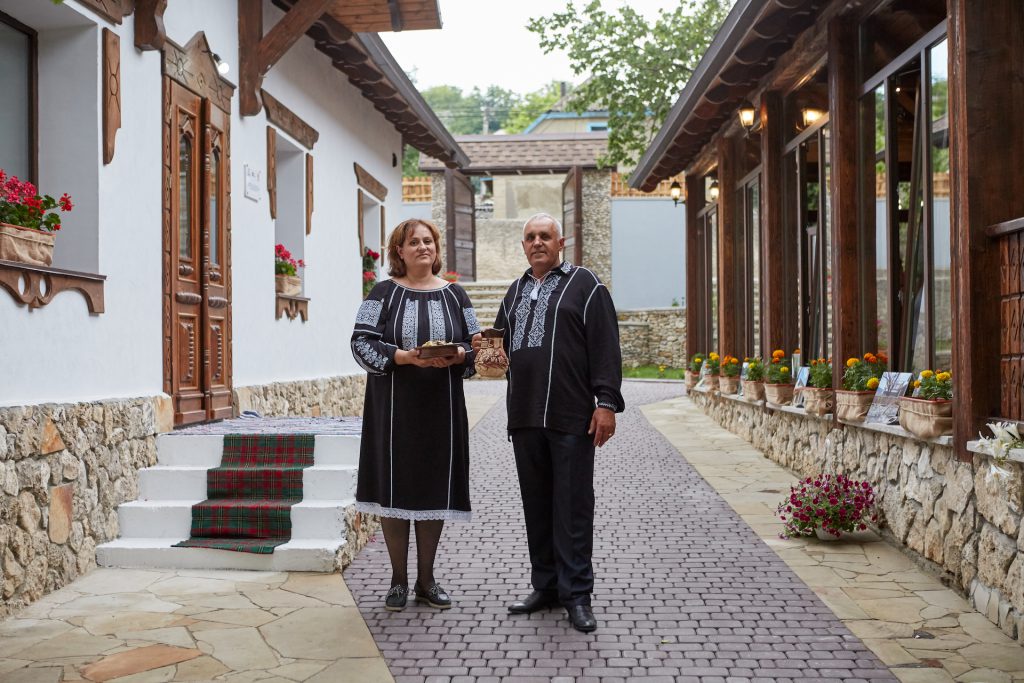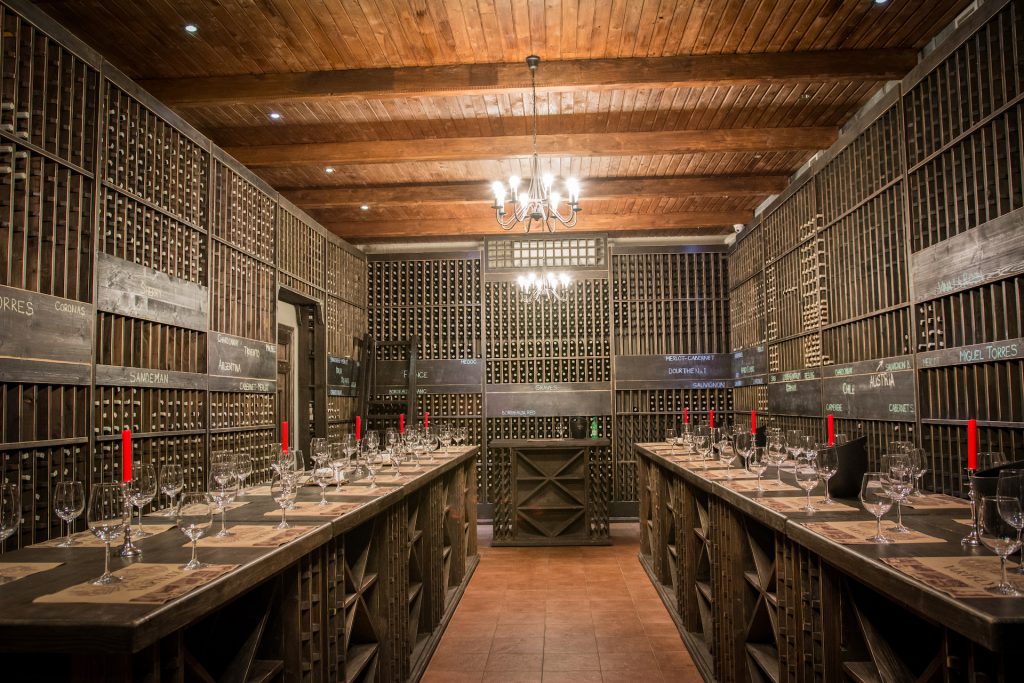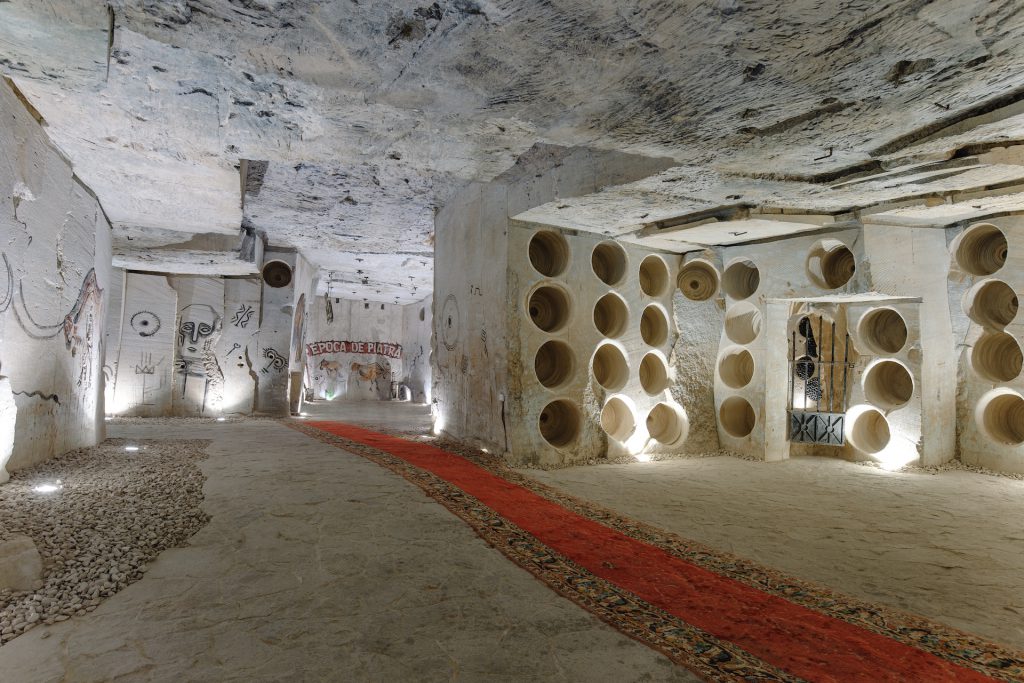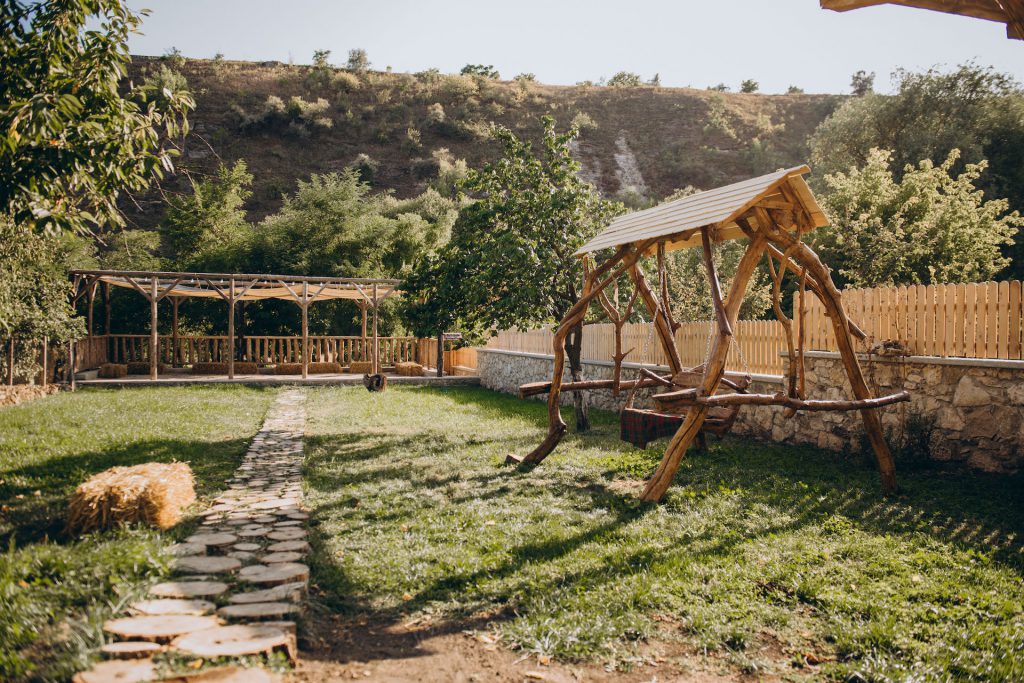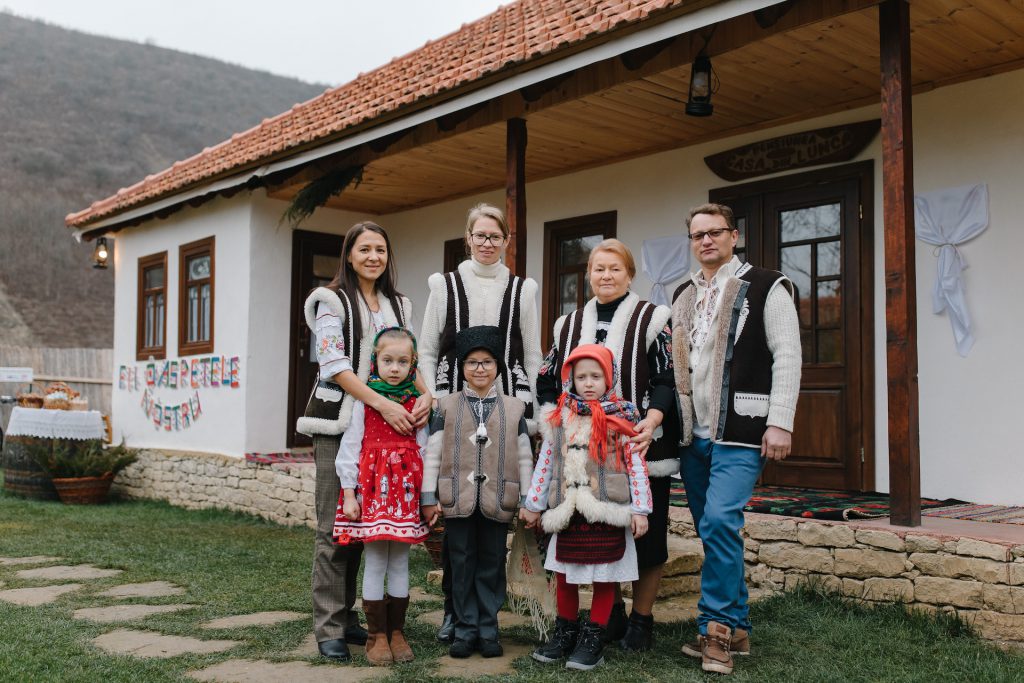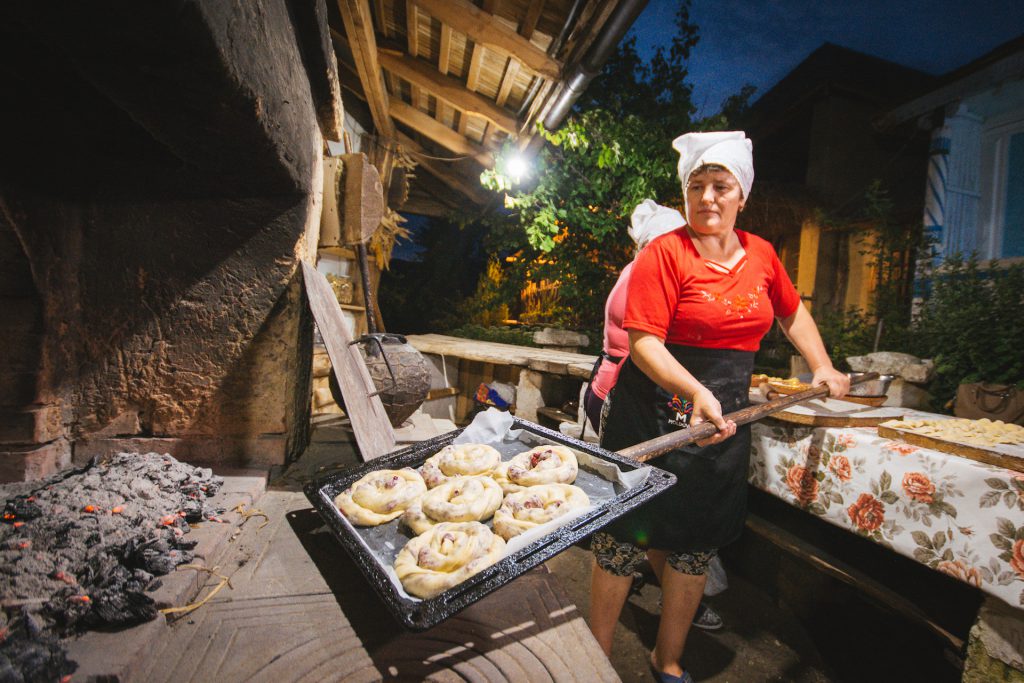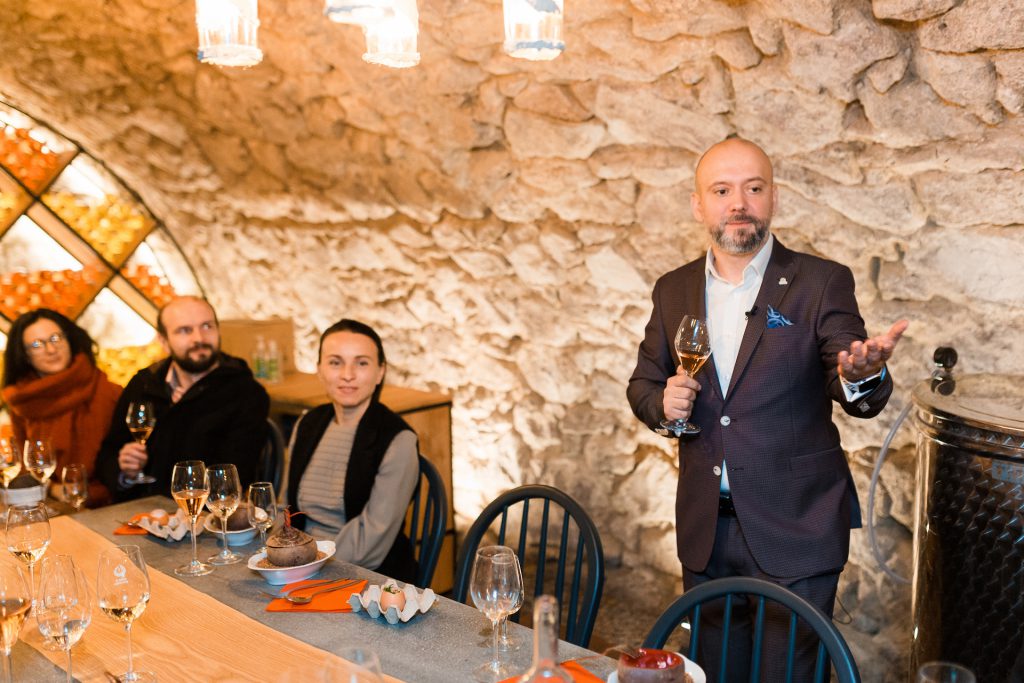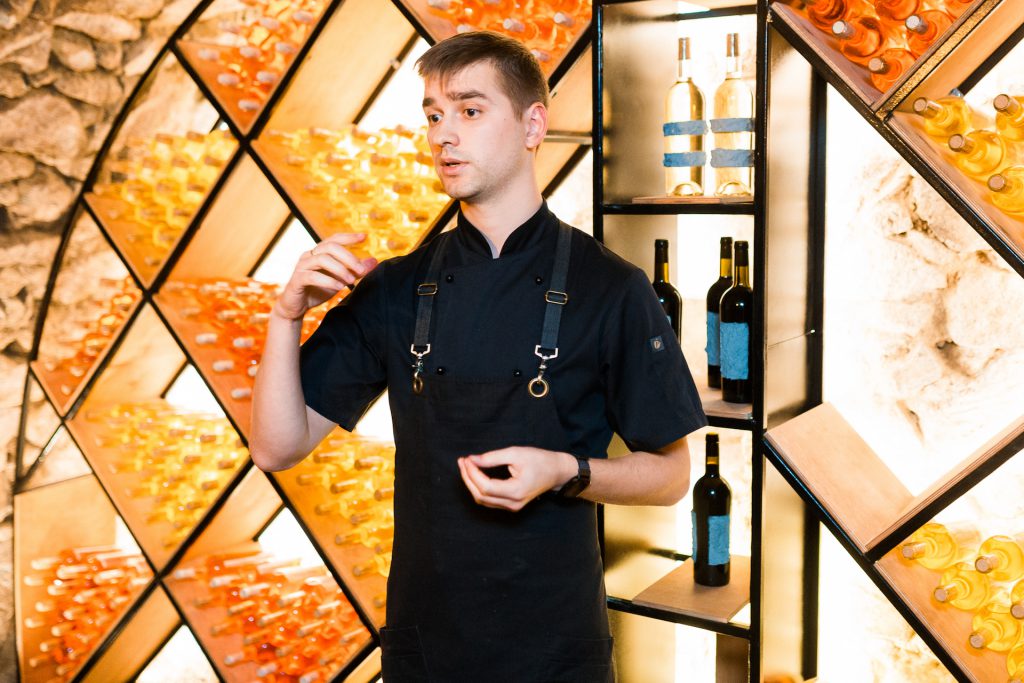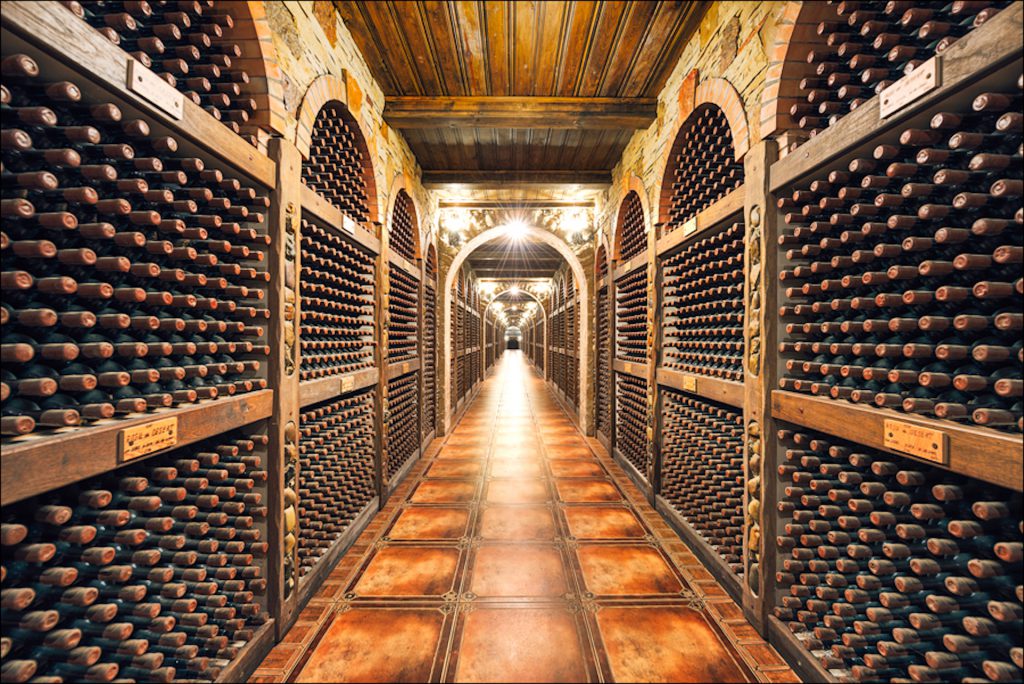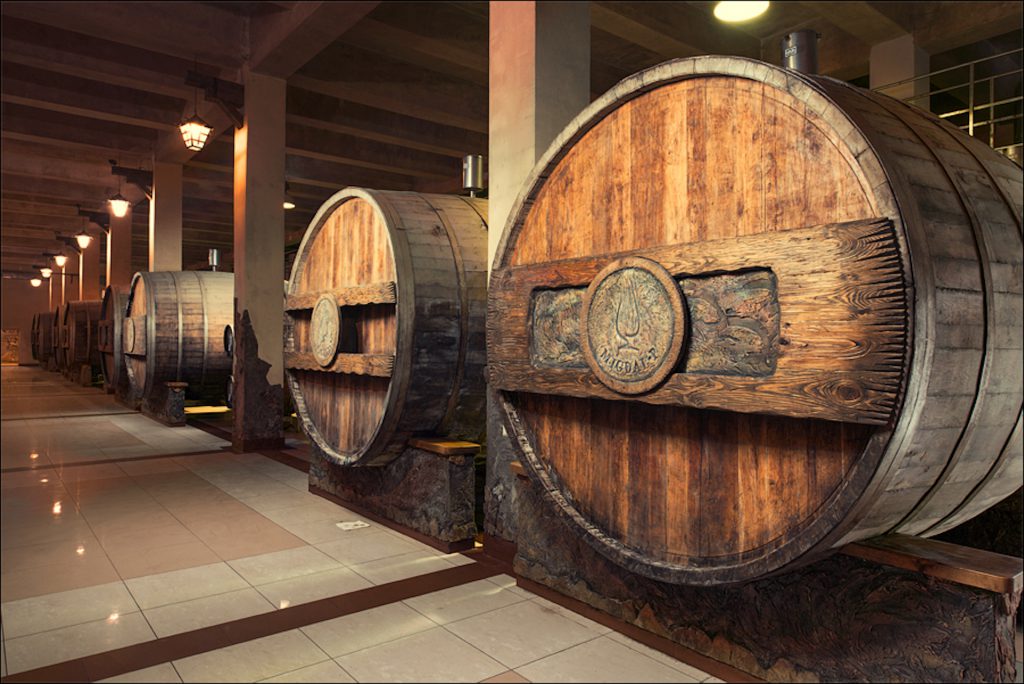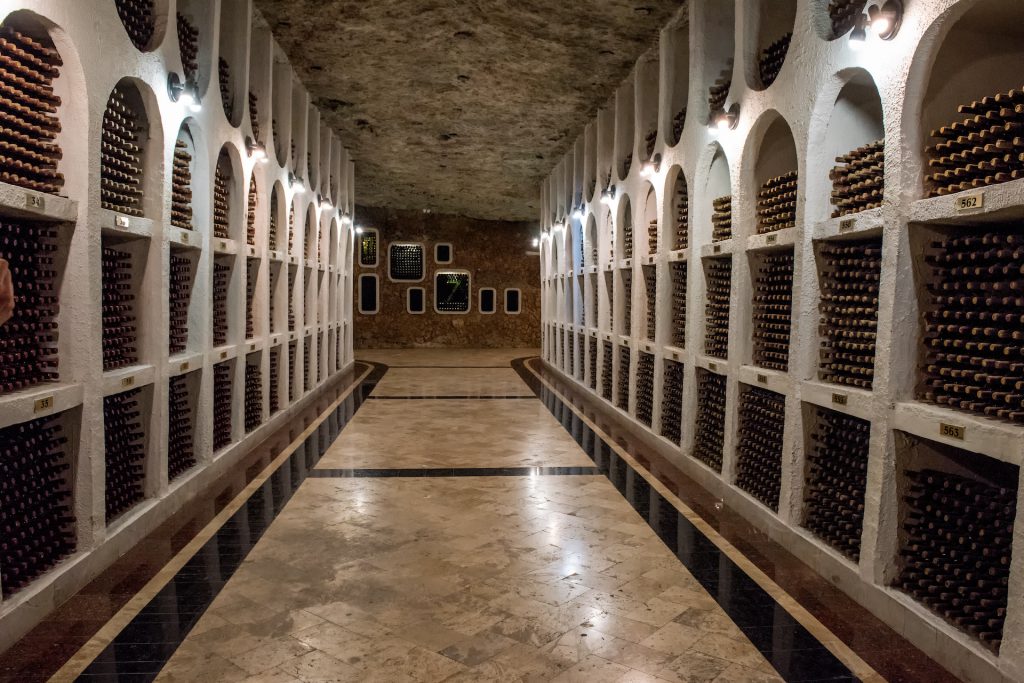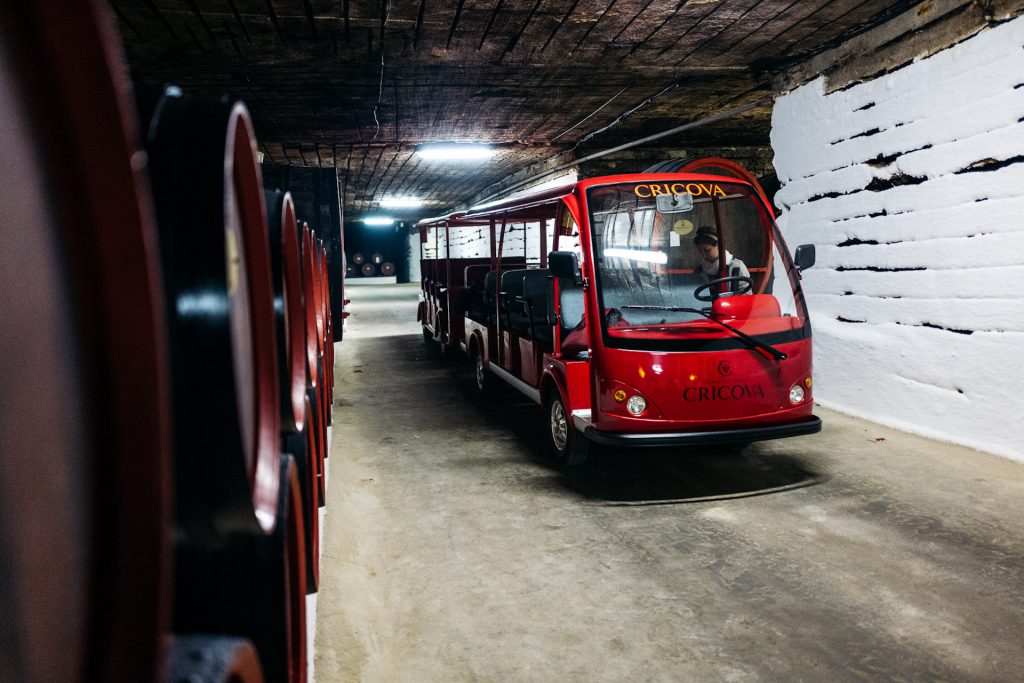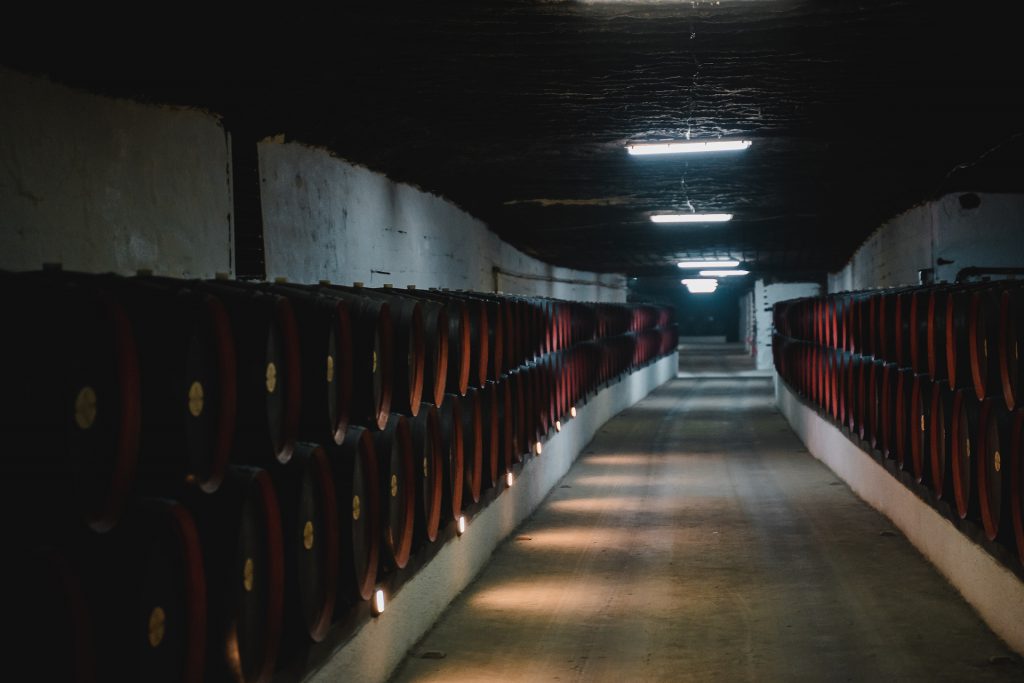For wine lovers who have more time available, we propose to venture on a route that includes 14 wineries located in the Codru wine region. IGP Codru is located in the central part of Moldova, covering an area of about 60 thousand hectares. The region is known for its majestic forests – forests, hills and a mild climate. The Codru region hosts the largest cellars in the world and is the most suitable area for growing white grapes. You will need about 4 days to complete this comprehensive route loaded with unique experiences and unforgettable moments.
Tourist attractions of the route
Segment: Chișinău - Castel Mimi (Day 1)
- Length:about 100 km distance
- Travel time:up to 2 hours
- Transport:by car
Mihai Sava Winery
See on mapMilestii Mici Winery
See on mapAsconi Winery
See on mapCastel Mimi Winery
See on mapSegment: Castel Mimi – Tudor Winery (Day 2)
- Length:about 350 km distance
- Travel time:up to 6.5 hours
- Transport:by car
ATU Winery
See on mapHîncești Winery
See on mapA special place next to the wineries included in this route is the famous Manuc Bey Mannor - a true castle with a winter garden, watchtowers and a well-maintained park.
Manuc Bey Palace
See on mapFollowing the cultural-historical immersion, lovers of thrills can make a stop at the zip linein Hincesti to fill up on adrenaline before trying new wine experiences.
The Tirolean line in Hancesti
See on mapIf you are passionate about history and eager to learn more about the culture of the Moldovan people, when you are in Hâncești, go to the Museum of Ethnography and History in Ciuciuleni.
The Museum of Ethnography and History in Ciuciuleni
See on mapYou should definitely visit Hâncu Monastery - a sanctuary where you can enter the calm and detached atmosphere of nature.
Hancu Monastery
See on map- Distance from Chisinau: 55 km
- Visiting hours: Monday – Sunday, 8 a.m. – 4 p.m.
- Type: Monastery for nuns
Tronciu Winery
See on mapPoiana Winery
See on mapOn the way to Tudor Winery, you should stop at the Conacul Mierii (Honey Mannor), a guesthouse that in addition to accommodation also offers natural honey tastings for young and old, as well as other activities that will take you out of your daily routine.
Conacul Mierii
See on mapAnother point of interest worth visiting on this route is the Ceramica-Triboi center, a pottery workshop that gives life and color to the clay, but also to the delicious dishes.
Ceramica Triboi handcrafting Center
See on mapTudor Winery
See on mapSegment: Crama Mircești - Chateau Vartely (Day 3)
- Length:about 230 km distance
- Travel time:up to 4 hours
- Transport:by car
Crama Mircești Winery
See on mapA point of interest away from Mircești Winery is Bahmut Club - a tourist complex located in the heart of the woods that offers multiple experiences and services.
Bahmut Club
See on mapBrănești Cellars
See on mapNear the Branești Cellars is the most visited place in the Republic of Moldova - Orheiul Vechi. A true natural monument near which there are dozens of tourist guesthouses where you can stay overnight, participate in cooking workshops, but also in other easy adventure activities such as hiking, bird watching, horse-drawn carriage rides or bicycles, or even kayaking and paragliding.
Orheiul Vechi
See on mapOrhei Museum of History and Ethnography
See on mapOn the way to Chateau Vartely, visit the Museum of History and Ethnography in Orhei to explore numerous exhibitions, a special place being reserved for victims of Stalinist repression.
Chateau Vartely
See on mapSegment: Vinăria Cricova - Pomușoară Dulcișoară (Day 4)
- Length:about 70 km distance
- Travel time:up to 1.5 hours
- Transport:by car
